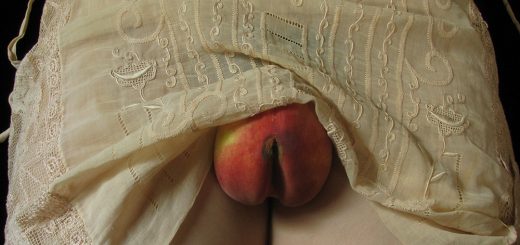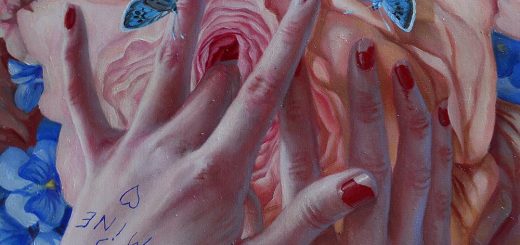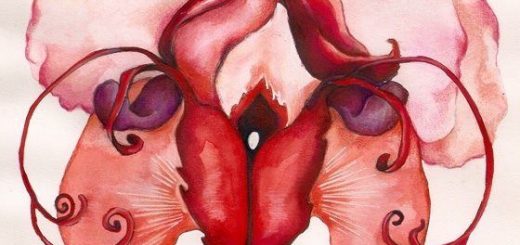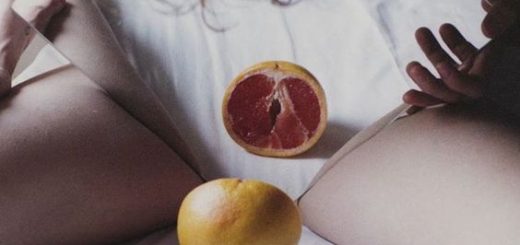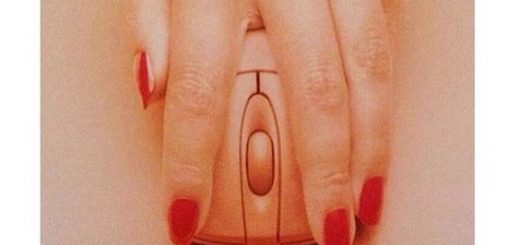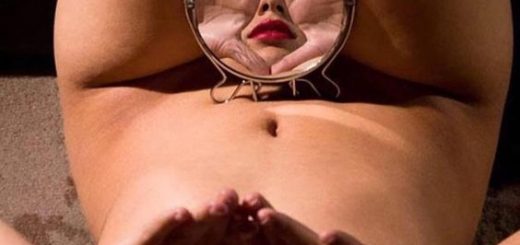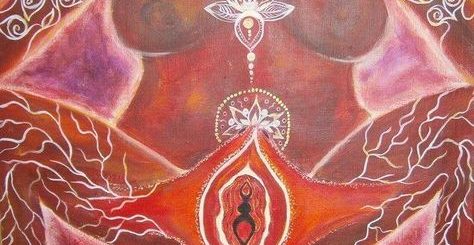Gender-Bending: Claude Cahun

I have always been fascinated by Gender Bending, so today will start the first in a series on Gender Bending icons that I admire, or who intrigue me.
‘… desire, the sole motivating principle of the world, the only master humans must recognise.’–André Breton
Claude Cahun
I first learned about Claude Cahun in art school while taking photography. We were assigned a project to do self-portraits and while other girls picked Cindy Sherman as a role model, I dug deeper and found Claude Cahun.
Claude Cahun (25 October 1894 – 8 December 1954) was a French artist, photographer whose work examined the concepts of gender and sexuality with herself a subject of her own self-portraits. Born Lucy Renee Mathilde Schwob, she changed her name to the pseudonym Claude Cahun, intentionally selecting a sexually ambiguous name and began making photographic self-portraits as early as 1912, when she was 18 years old. She is most remembered for her highly-staged “self portraits” of ambiguous gender and sexuality.
At fifteen, she met Suzanne Malherbe, her half-sister and soon lover and during the early twenties, they settled in Paris together. The two lived openly as lesbians and Malherbe adopted the pseudonym Marcel Moore. Together, they collaborated on various written works, sculptures, and collages, as well as photography.
“She moved in surrealist circles, but never actively promoted herself as either writer or artist: her photographs, for example, were not exhibited in her lifetime. However, shaving her hair off, or wearing various disguises, Cahun used her self-portrait photographs to suggest that all forms of self-representation involved an element of masquerade.”1
“In many ways, Cahun’s life was marked by a sense of role reversal, and her public identity became a commentary upon not only her own, but the public’s notions of sexuality, gender, beauty, and logic. Her adoption of a sexually ambiguous name, and her androgynous self-portraits display a revolutionay way of thinking and creating, experimenting with her audience’s understanding of photography as a documentation of reality. Her poetry challenged gender roles and attacked the increasingly modern world’s social and economic boundaries. Also Cahun’s participation in the Parisian Surrealist movement diversified the group’s artwork and ushered in new representations. Where most Surrealist artists were men, and their primary images were of women as isolated symbols of eroticism, Cahun epitomized the chameleonic and multiple possibilities of the female identity.”2
“Dressed in a variety of costumes, her self-portraits questioned the prevailing male-centric Surrealist position of her time through some complex explorations of her own gender and sexuality.
The sisters moved to Jersey, living at La Rocquaise in St Brelade overlooking the bay. With the Occupation their anti-Fascist stance became central to their lives as they set about attempting to subvert the authority of the German forces with propaganda inciting the troops to mutiny. They were eventually caught and spent the rest of the war in the prison at Gloucester Street, St Helier.
Claude Cahun’s health suffered during her time in prison and she never fully recovered. S/he died in 1954. A recent revival of interest in her work has led to several exhibitions in Paris and New York and a significant contribution to the Tate Modern’s recent “Surrealism: Desire Unbound”. “3
References:
1. http://www.tate.org.uk/modern/exhibitions/surrealism/room3.htm
2. http://www.all-art.org/art_20th_century/cahum1.html
3. http://www.thisisjersey.co.uk/art/heritage/claudecahun.html


